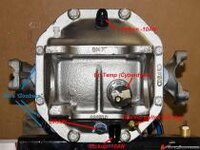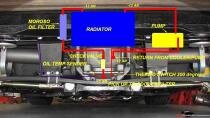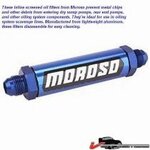phantomjock
Well-known member
Right - Flow - But I was thinking if I could just put a "wee bit of pressure" inside the diff - I could spray soapy solution on my seal to check it. But of course there is the vent to contend with. Suppose I could cap it somehow. Definately low pressure - 1 -2 psi minimum, so as not to blow any seals out - just pre check for potential leaks.
I think I've got the plan sorted out. Thanks for all the help.
Cheers - Jim

I think I've got the plan sorted out. Thanks for all the help.
Cheers - Jim


